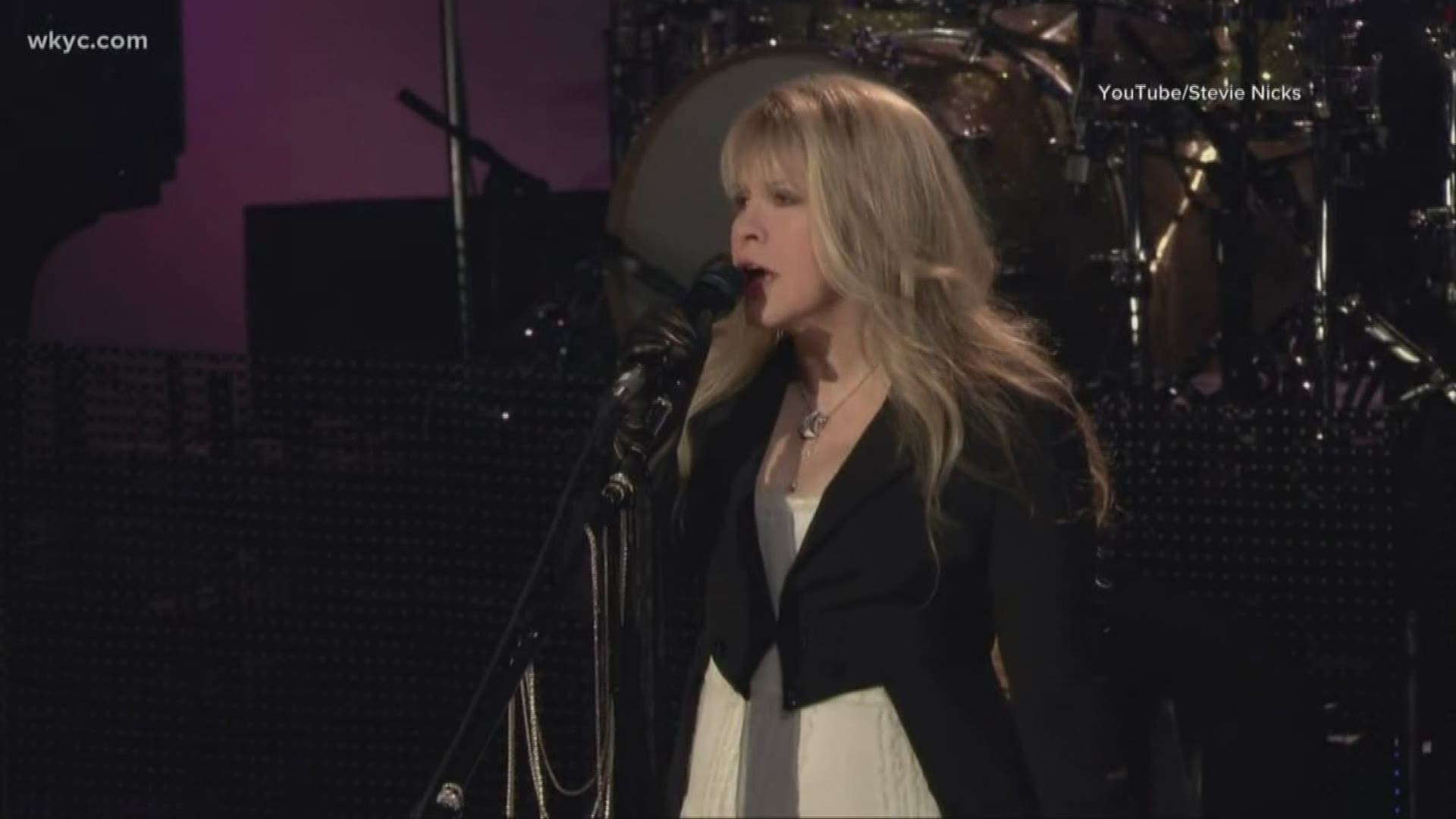CLEVELAND -- Rock ‘n’ roll has new royalty.
The seven inductees soon to be cemented in music history at the Rock and Roll Hall of Fame in 2019 are…
- Def Leppard
- Stevie Nicks
- The Cure
- Janet Jackson
- Radiohead
- Roxy Music
- The Zombies
This class was selected from 15 total nominees, and each will formally be inducted at the Barclays Center in New York on March 29, 2019. So crank up the speakers and jam along as we dive deep into the stories of each new inductee.
DEF LEPPARD
First-time nominee
Year first eligible: 2005
Members included: Rick Allen, Vivian Campbell, Phil Collen, Steve Clark, Joe Elliott, Rick Savage, Pete Willis

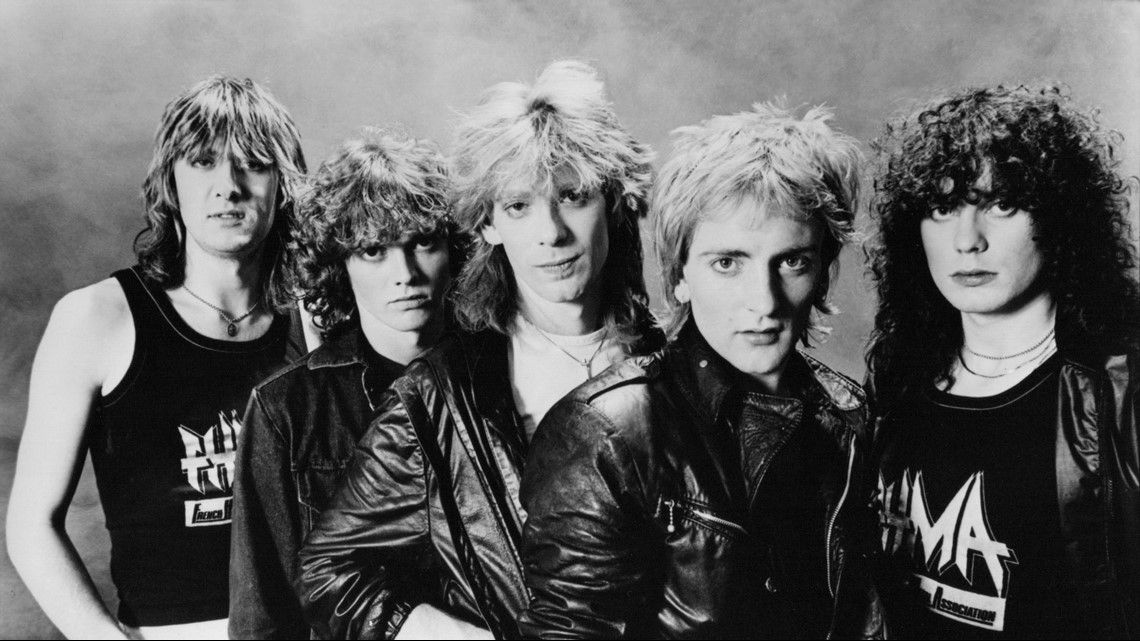
A group of fresh-faced teenagers formed Def Leppard in Sheffield, England in 1977. They quickly emerged as the most commercially successful band in the New Wave of British Heavy Metal movement. Combining new wave’s accessibility with metal’s guitar-driven power and glam rock’s sexiness, they set the stage for metal’s domination of arenas, airwaves, and television in the 1980s. Def Leppard defined visual theatricality. They staged larger-than-life concerts filled with pyrotechnics, unencumbered performance energy, and sexy swagger. They created the model for hard rock bands looking to harness MTV’s hard rock potential with classic videos like “Photograph” and “Rock of Ages.” On the multi-platinum albums Pyromania and Hysteria, Mutt Lange guided the band as they honed their signature sound -- a sound that would sustain the band from pub rock to metal and points in-between.
With Def Leppard, the whole is greater than the sum of its parts. Joe Elliot’s anthemic hooks soared above glossy vocal harmony layers. At the height of their popularity, Steve Clark and Phil Collen saturated their songs with guitars, tracking single-note melodic licks over chunky power chords. Underneath, Rick Savage chugged on the bass to anchor the active sonic texture above. In 1984, Rick Allen lost his left arm in a car accident. He took this as an opportunity to use a pedal-oriented, all electronic drum kit to craft the perfect stadium drum sound: heavy, economical beats with gated reverb and plenty of space between the notes that leaves room for maximum echo throughout the venue. Def Leppard opened the door for bands like Mötley Crüe, Guns N’ Roses, and Bon Jovi to ascend into the limelight of the 1980s. Artists from Metallica to Taylor Swift claim them as an influence today. But the band’s greatest asset is their perseverance. Throughout changes in the music industry and personal struggles, Def Leppard continues to find new ways to rock, inspiring legions of fans in their wake.
►LISTEN | Def Leppard Spotify playlist:
---
STEVIE NICKS
First-time nominee
Year first eligible: 2006

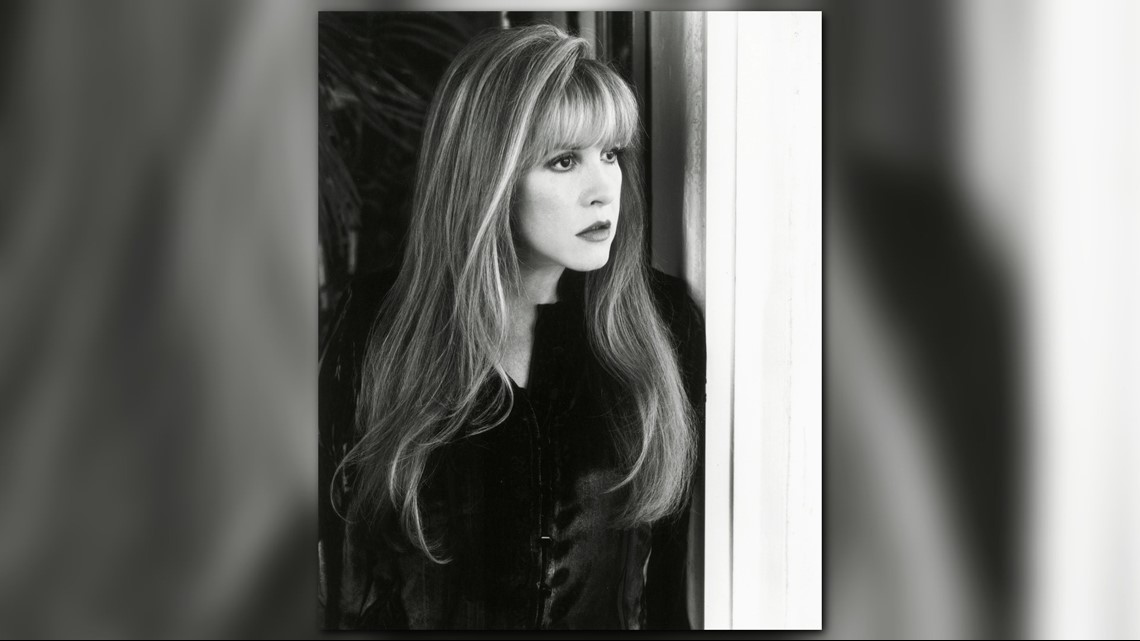
“When people ask me what I do, I say I am a rock and roll singer.” Coming from Stevie Nicks, that is an understatement: The unmistakable timbre of her voice has dominated rock. While still a member of Fleetwood Mac, she shot to the top of the album charts with her solo debut Bella Donna (1981), netting her four hit singles including her signature anthem “Edge of Seventeen.” The following year, Nicks was back with a solo record The Wild Heart in 1983 and another top-ten single in “Stand Back.”
Nicks brought velvet and chiffon into the leather-and-denim world of rock, infusing sounds she admired from the acid rockers and Laurel Canyon singer-songwriters with a hint of black magic. (The first band she joined with Lindsey Buckingham, Fritz, opened for her idols: Janis Joplin, Jimi Hendrix, and Jefferson Airplane.) A songwriter since her teens, Nicks is known for work that shifts from supernatural imagery in songs like “Sorcerer” to relatable, earthly concerns in songs like “After the Glitter Fades.”
Nicks has always thrived and shined on collaboration. She partnered on tracks with Don Henley, David Crosby, and Tom Petty and made records with top producers including Jimmy Iovine and David A. Stewart. Her voice has remained in demand even today: you can also hear her in a cameo on Lana Del Rey’s Lust for Life (2017). Bon Iver’s 22, A Million (2016) includes a sample from a viral video of Nicks rehearsing.
Nicks continually reaches new audiences not only through her extensive catalog, but also her unique brand of rock star iconography. Her signature rock and roll gypsy look including shawls, top hats, and fingerless gloves are pop culture mainstays: Jackie Factory in NYC, for example, has sponsored “Night of 1000 Stevies” fan celebrations for 28 years running. Nicks has also appeared, with both bewitching shawls and songs, on the television show American Horror Story: Coven. In testament to the power of her music, five decades in to her storied career Nicks still fills arenas.
►LISTEN | Stevie Nicks Spotify playlist:
---
THE CURE
Previous nominations in 2012
Year first eligible: 2004
Members included: Robert Smith, Porl Thompson, Perry Bamonte, Michael Dempsey, Simon Gallup, Lol Tolhurst, Boris Williams, Jason Cooper, Roger O’Donnell

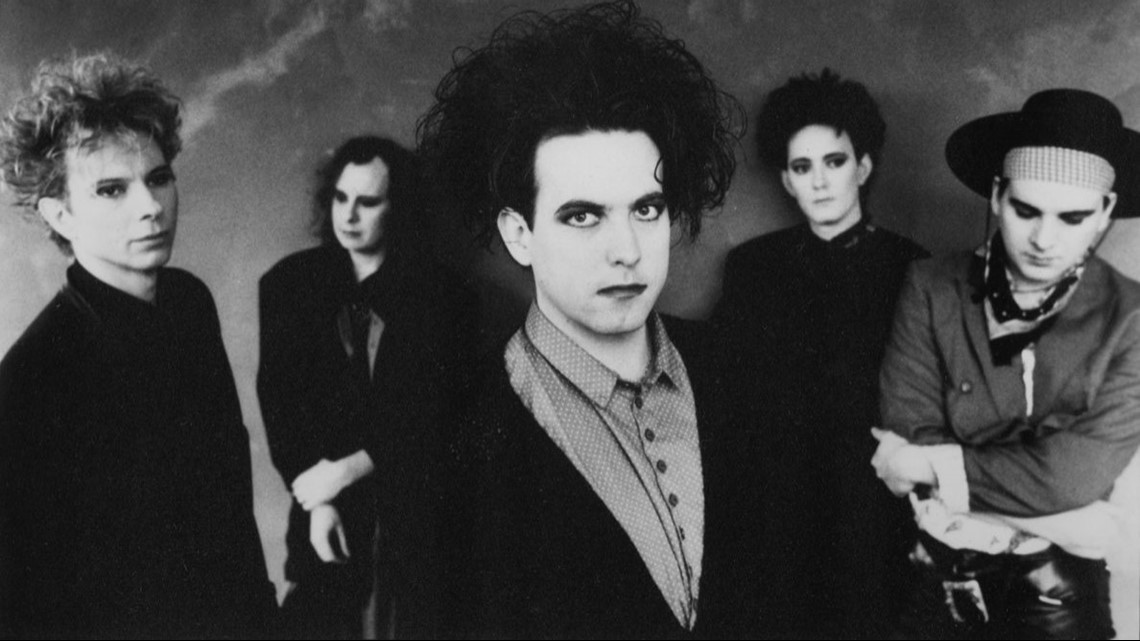
Over the past 40+ years, the name “The Cure” has stood for a group of teenage musical schoolmates, a legendary act commanding 10 million television viewers during a live performance, and everything in between. The band’s sound has been called post-punk, gothic rock, new wave, and alternative -- but as frontman Robert Smith says, it’s all just “Cure music.”
EXCLUSIVE: Watch our interview with The Cure's Roger O'Donnell below to hear his reaction to becoming one of the Rock Hall's newest members
The story of the Cure has many chapters. After some youthful first efforts billed as “The Easy Cure,” the band began exploring dark imagery. Despite lineup changes, they settled into a distinctive formula of Existentialist philosophy, Gothic themes, and a lot of reverb. The records released between 1979 and 1982 -- Seventeen Seconds, Faith, and Pornography -- saw Smith develop lyrical prowess and a haunting sound as a singer and guitarist. The band followed suit, contributing to atmospheric, synthesizer-driven tracks like “A Forest” (the first to chart in the UK). Their stage look added to the aesthetic: Teased black hair, messy makeup, and funereal clothes.
In 1983, ready to move from the stress of what Smith deemed the “sordid side of life,” the Cure opened a new chapter. The Head on the Door (1985) set the standard for a more pop-oriented sound. Big albums full of hit singles -- including Kiss Me Kiss Me Kiss Me, Disintegration and Wish -- were supported by even bigger tours. The Cure was also in heavy rotation on MTV, which showed their stunning visual collaborations with director Tim Pope. As their music appealed to an ever-growing audience, they didn’t lose their substance, continuing to produce heart-wrenching tracks like “Love Song.”
The acclaimed album Bloodflowers ushered in the new millennium and earned the Cure a GRAMMY nomination, a forerunner of the accolades the new century would bring. From an MTV Icon award in 2004 to a banner year in 2008, with four #1 hit singles and plans to headline twenty festivals in 2019, it’s clear that the band’s current chapter is one of the best yet.
►LISTEN | The Cure Spotify playlist:
---
JANET JACKSON
Previous nominations in 2016, 2017
Year first eligible: 2007


Janet Jackson has built a career so groundbreaking that she’s immediately identifiable on a first-name basis. The youngest member of the Jackson family, she was first in the spotlight as a child actress on the TV series Good Times and Fame. But it was her five-times-platinum album Control in 1986 where she staked her claim as an R&B powerhouse. Working with the visionary production team of Jimmy Jam and Terry Lewis, she ushered in the new jack swing era by fusing melodic dance-pop with aggressive hip-hop and industrial beats. The album introduced a new Janet Jackson – free from the shadows of her family and seizing command of her own destiny. Themes of empowerment and self-confidence (“Nasty,” “Control,” “What Have You Done For Me Lately”) have remained staples of Jackson’s career.
Jackson explored social issues, including poverty, race relations, and drug use on 1989’s concept album Rhythm Nation 1814. The album broke record books with seven top five singles as well as a spectacular concert tour. Her highly stylized music videos with innovative choreography established Jackson as a fashion icon. On 1993’s janet. she claimed more independence as producer and songwriter (“If,” “Again,” “Any Time, Any Place”) -- even shedding her last name. That same year, Jackson earned rave reviews in the film Poetic Justice.
Jackson’s longevity is remarkable, always reinventing herself for a new generation. She is the only artist with #1 singles in the 1980s, 1990s, and 2000s. Her 2015 album Unbreakable -- her first under independent label Rhythm Nation Records -- featured J. Cole and Missy Elliot. Her music videos, complex choreography, and theatrical stages have influenced pop stars including Usher, Aaliyah, Justin Timberlake, and Britney Spears. Janet Jackson’s influence can be heard everywhere: new jack swing in the 1980s (Teddy Riley), pop in the 1990s (Mariah Carey), R&B in the 2000s (Beyoncé), and hip-hop today (Kendrick Lamar). Janet Jackson is a global icon - one of the best-selling artists in history, and an artist who’s sonic and visual style loom large.
►LISTEN | Janet Jackson Spotify playlist:
---
RADIOHEAD
Previous nominations in 2018
Year first eligible: 2017 (2018 ceremony)
Members included: Thom Yorke, Jonny Greenwood, Colin Greenwood, Ed O'Brien, Philip Selway

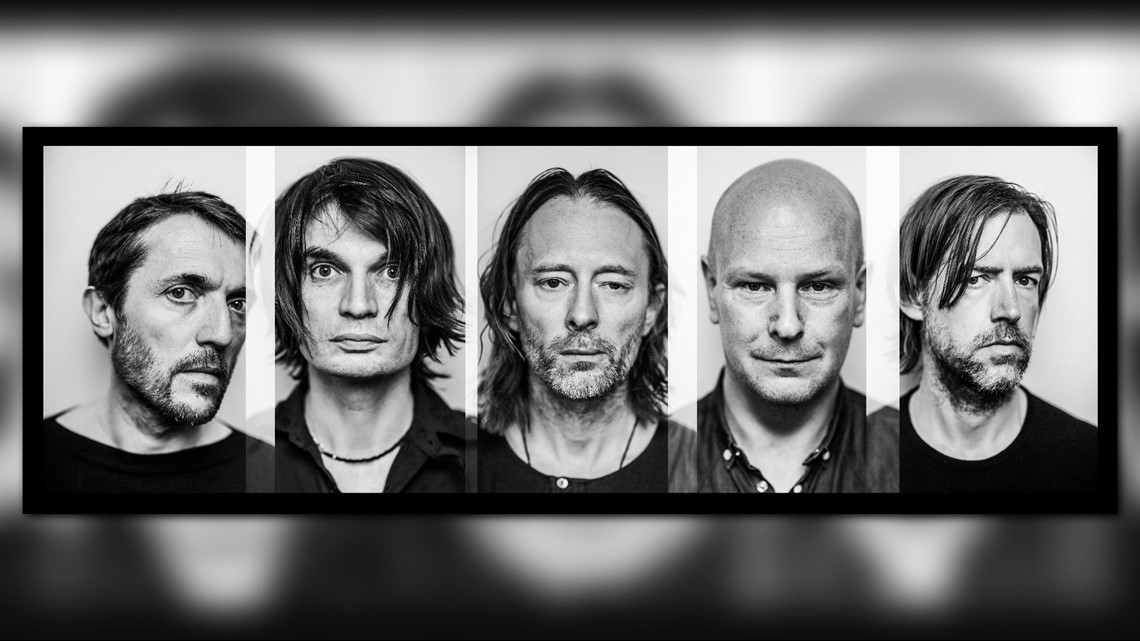
Founded in the mid-80s by schoolboys from outside Oxford, England, Radiohead -- who took the name from a Talking Heads song -- are the most compelling paradox in modern rock: a worldwide commercial sensation with a restless, experimental vision and underground-pioneer spirit.
Radiohead’s blistering 1992 single “Creep” took a year to move into Britain’s Top Ten and the American Top 40 but became a smash. Singer-lyricist Thom Yorke, bassist Colin Greenwood, drummer Philip Selway, and guitarists Ed O’Brien and Jonny Greenwood (Colin’s younger brother) -- reacted to that breakthrough with a dramatic turn away from the mainstream. The jarring guitar dynamics and harrowing balladry of 1995’s The Bends was a gripping prelude to the majestic art-rock futurism and dystopian warning of the 1997 masterpiece and multi-platinum best-seller, OK Computer.
Heralded as their era’s answer to Pink Floyd and the Beatles, Radiohead again turned their backs on success and expectation, entering the next century with two albums that set Yorke’s seething introspection and heated, social argument in unpredictable whirls of electronic minimalism, slashing-guitar turbulence and radical textural invention -- Kid A (2000) and Amnesiac (2001).
Kid A, ironically, was Radiohead’s first Number One album in America, affirming the band’s drive to continually challenge itself and its audience over the next two decades through critical and commercial triumphs such as In Rainbows (2007) and A Moon Shaped Pool (2016). Radiohead have also been instrumental in the digital transformation of the record industry, setting precedents with the pay-what-you-want release of In Rainbows and the sudden, digital drop of The King Of Limbs (2011).
But, as O’Brien once said, the secret to Radiohead’s innovation and independence is simple: “We start with what we don’t want to do next.” They continue to fill arenas, connect with audiences, and serve as role models for new bands.
►LISTEN | Radiohead Spotify playlist:
---
ROXY MUSIC
First-time nominee
Year first eligible: 1997
Members included: Bryan Ferry, Brian Eno, Andy Mackay, Phil Manzanera, Eddie Jobson, Paul Thompson

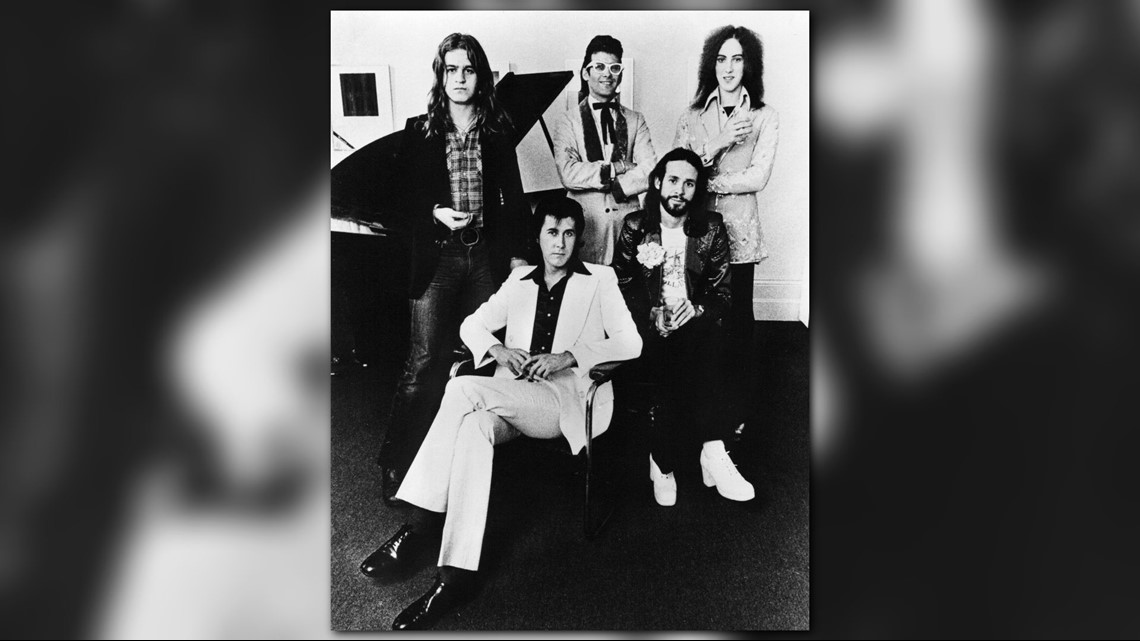
When Bryan Ferry and Graham Simpson formed Roxy Music in 1970 they weren’t creating just any rock and roll band. Their now famous 1971 Melody Maker magazine ad looking for a new guitar player for their “Avant Rock Group” asked for someone original, creative, adaptable, and scary. That description was accurate considering they sat somewhere between David Bowie, King Crimson, and the Velvet Underground. Their intentions were clear on “Re-make/Re-model,” the opening track of their 1972 debut album, which added elements of modern fashion, cinema, art, and the avant-garde. They pushed listeners’ perceptions about the essence of pop music -- and just when you figured them out, they changed. Everyone has a favorite Roxy record: the art work intrigued you, the songs floored you.
The first two albums built an experimental rollercoaster ride on the back of glam rock guitar chords. Brian Eno’s revolutionary synthesizer sounds poke through the fabric, while Ferry’s soulful, detached vocals pull you close. Songs like “The Bob (Medley)” are postmodern trips into cinematic rock and roll dreams, while “Do the Strand” became their first hit. Stranded (1973) and Country Life (1974) saw multi-instrumentalist Andy Mackay and guitarist Phil Manzanera join the songwriting team while Eddie Jobson’s keyboards created a more polished sound. Their album Siren (1975) spawned the worldwide hit “Love is the Drug” -- since featured in countless video games, TV shows, and movies. The drums and bass of Paul Thompson and John Gustafson build a soulful, funky beat -- it’s easy to understand how a young Nile Rodgers was inspired to form Chic after seeing Roxy Music. Other artists, including the Talking Heads, U2, and Duran Duran also paid attention and Roxy Music soon became the catalyst that sparked the New Romantic and New Wave movements. Roxy Music’s final album Avalon (1982) saw the band end on a high with a pop tune laden, chill lounge album filled with vast musical landscapes equally cerebral and emotional. Roxy Music was an experiment that envisioned the future of rock and roll and, in doing so, changed the course of music.
►LISTEN | Roxy Music Spotify playlist:
---
THE ZOMBIES
Previous nominations in 2014, 2017, 2018
Year first eligible: 1989 (1990 ceremony).
Members included: Rod Argent, Colin Blunstone, Paul Atkinson, Hugh Grundy, Chris White

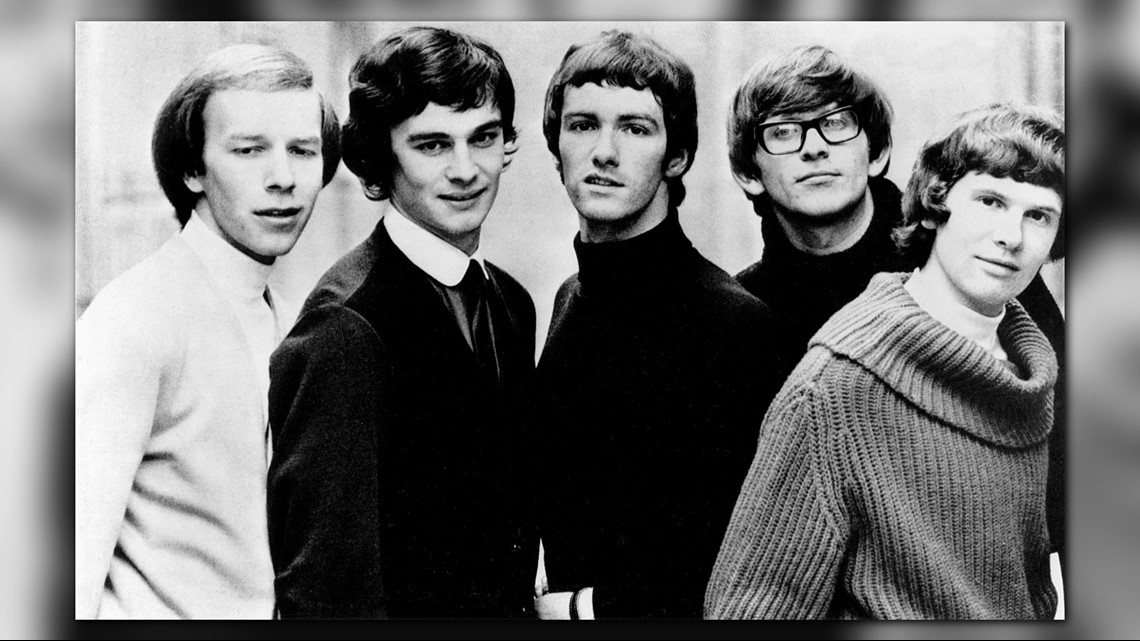
The first wave of the British Invasion carried a startling variety of sounds and styles from old world to new, but not all of the bands presented successfully emerged during that heady halcyon era. The Zombies, with their intricate arrangements and sophisticated atmospherics, stood apart from the raw, blues-drenched disciples of American blues and R&B. Their band’s sound filled space gorgeously and completely with jazz-inflected electric piano and choirboy vocals, endearing themselves overnight to a sea of fans.
The classic lineup of The Zombies fell back to school days at St. Alban’s: Keyboardist and singer Rod Argent met guitarist and vocalist Paul Atkinson and drummer Hugh Grundy as schoolmates. Bassist Chris White and lead singer Colin Blunstone joined shortly after.
Their second and final album Odessey And Oracle has earned its reputation (and its spot inside the Top 100 on Rolling Stone’s list of the “500 Greatest Albums Of All Time”) alongside such masterworks as the Beatles’ White Album and the Beach Boys’ Pet Sounds. Rod Argent’s eponymous band gave majesty and definition to the ’70s, but the Zombies, which he and Colin Blunstone have been helming on records and tours for the past decade, are truly a rock band for all seasons.
At the end of the day, it always comes back home to the triad of career defining hits by the band that beg the question: Where were you the first time you heard “She’s Not There” or “Tell Her No” or “Time Of the Season”? For many, those songs swept away fans, inspiring decades of allegiance or even the impulse to pick up and instrument and play.
►LISTEN | The Zombies Spotify playlist:
---
INDUCTION PROCESS
The 2019 induction ceremony will be held Friday, March 29 at the Barclay Center in Brooklyn, New York. Ticket information will be announced in January. An edited version of the induction ceremony will air on HBO at a later date.
To be eligible for induction, an individual artist or band must have released their first commercial recording at least 25 years prior. Factors in determining the inductees are:
- The artist's musical influence on other artists.
- Length / depth of career and body of work.
- Innovation and superiority in style / technique.
Each inductee is chosen by a committee of more than 1,000 people, including former inductees, historians and members of the music industry.
---
NOTE: All bios provided by the Rock and Roll Hall of Fame.

